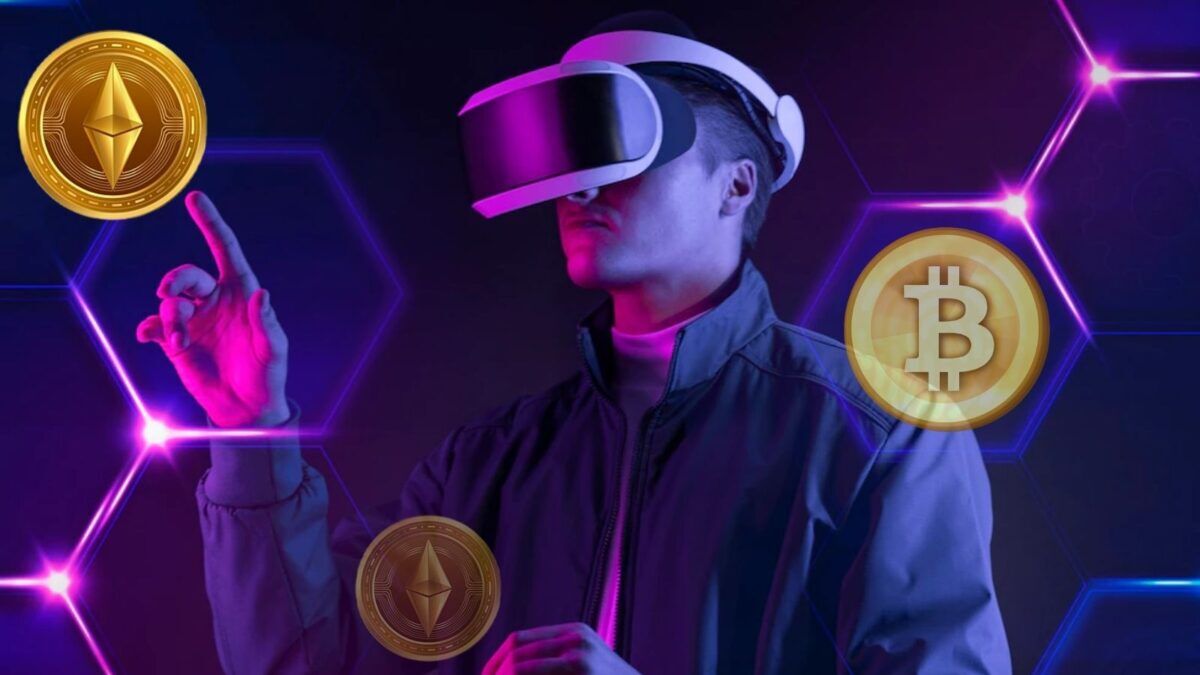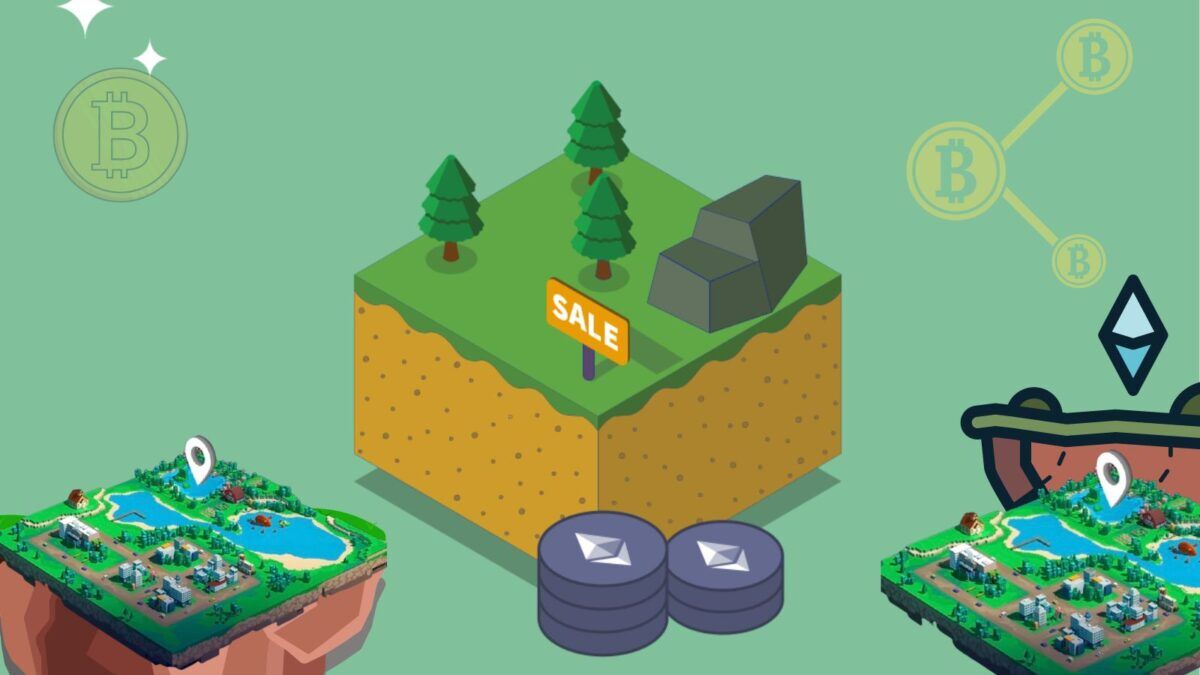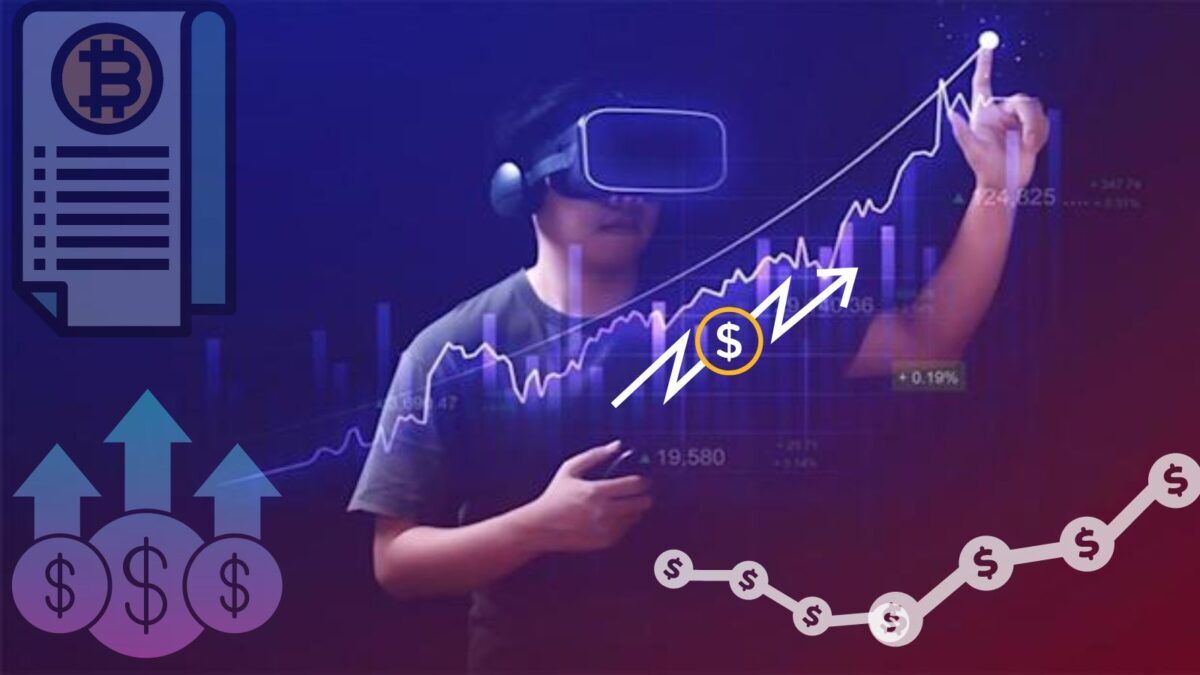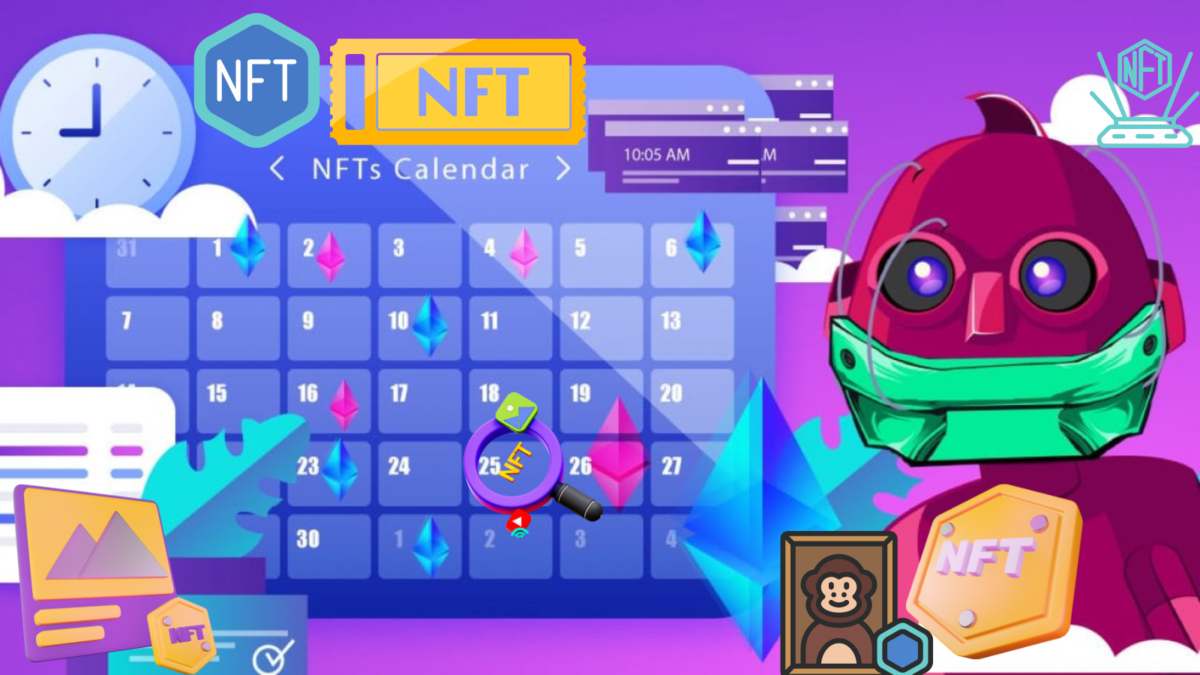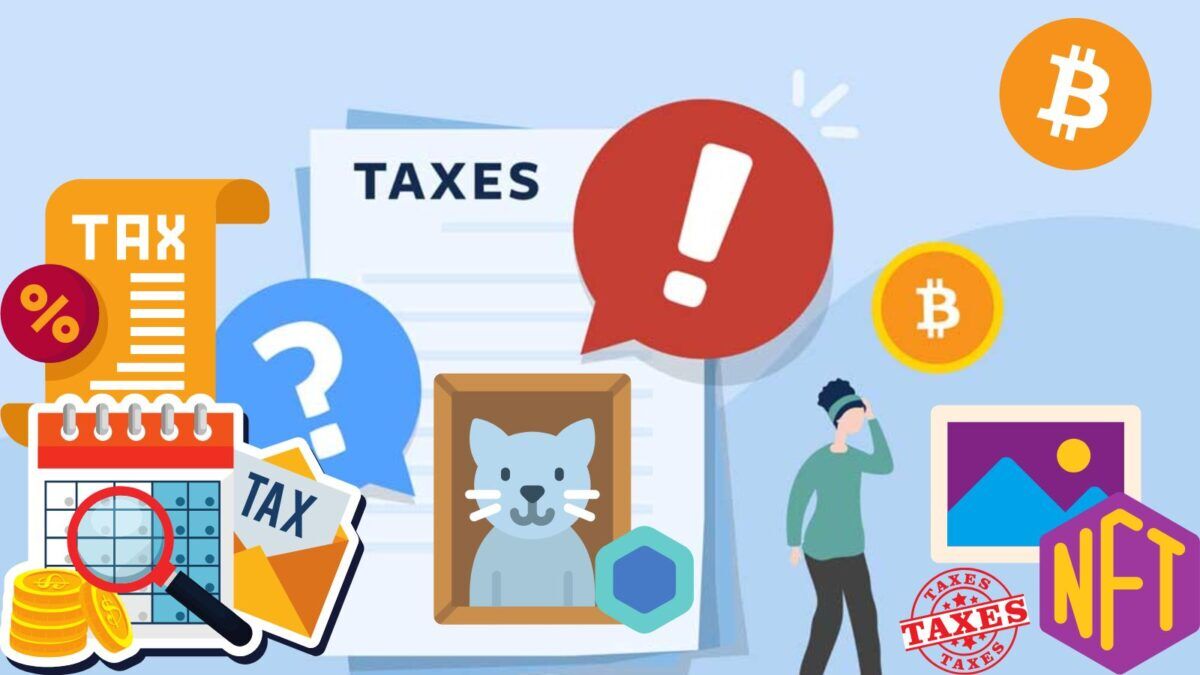The Metaverse is a virtual representation of our reality, where instead of physical bodies we have virtual avatars and selves that can participate in digitalized iterations of our daily lives. Concerts at pixelated event venues, NFT art galleries, and even digital food, pets, and clothing become a reality in the Metaverse.
There is and has been more than one Metaverse. Companies such as Meta, IBM, and Oculus Studios are developing a wide variety of Metaverses, each with a specific set of protocols and a similar goal: to mesh our physical lives with our digital ones.
NFTs, cryptocurrencies, and digital plots of land become even more valuable inside crypto in Metaverse. As money is the foundation of our modern society, so is crypto, the foundation of the Metaverse’s digital community.
How does crypto affect the tokenomics of the Metaverse? Let’s find out today!
Crypto in the Metaverse
Cryptocurrencies serve as digital money in the Metaverse. We know that the Metaverse is an online universe where virtual lands, NFT art galleries and decentralized economies become reality, meaning that the economy inside of each Metaverse depends on the price and stability of the cryptocurrency used to back their tokens.
That’s because cryptocurrencies, though decentralized, obtain their value due to their relation with fiat currency. That’s why the play-to-earn model works for Metaverse games. However, things are a bit more complicated than that, as each crypto in Metaverse has its own set of currency and tokens.
Metaverses tend to have their own marketplace for collectibles, clothing, virtual real estate, brand name sneakers, weapons.. you name it and they probably have it for sale as an NFT.
Some of the most common Metaverse tokens include these:
- MANA
- SAND
- AXS
- THETA
- STX
Instead of using the cryptocurrencies themselves, the Metaverse uses Metaverse tokens: units of virtual currency employed for digital transactions. Tokens can provide holders with voting rights on a project, unique items like clothing and some can even be exchanged for fiat currencies. On the other hand, some crypto in Metaverse tokens might function as NFTs themselves, and they can be used as proof of ownership of a real-world asset, such as a physical version of the digital item linked to it.
SAND is the token used by The Sandbox, one of the most popular NFT games released so far and with the highest estimated growth potential in 2022. Sand has a billion-dollar market cap
MANA is the token employed by Decentraland, where you have the option of buying and monetizing the digital plots you purchase, which can be a positive return on investment for those who buy LAND. LAND is the name given to the virtual plots in Decentraland.
Star Atlas has the ATLAS currency. Star Atlas is a space exploration game where players participate in factions and build intergalactic economies. Atlas is used to pay for the in-game items you need to progress in the game.
Finally, we have Libra, one of the most exciting tokens for fans of Meta, Facebook’s new branding. Meta launched a project back when it was still Facebook known as Libra, where it proposed a separate and private currency system to help users make cross-border payments efficiently. Libra hasn’t exactly panned out in full, but given Meta’s deep involvement in creating a Metaverse of their own, we might hear news about this currency in the future.
Tokenomics 101
Tokenomics is the name for token-based economies and exists as an alternative for monetary policy in Blockchain networks. Crypto assets have value in the digital world, which serves as the foundation of tokenomics.
While they aren’t tangible as a green dollar bill, both are still valuable assets. When you invest in crypto, you’re investing in the digital world. Token economy uses incentives by reinforcing the required behavior in the blockchain environment.
Ethereum is the first blockchain platform that offers decentralized services to participants instead of enabling transactions.
Many tokens are ERC20 tokens. An ERC20 token is a term used to develop smart contracts on the ethereal Blockchain, and stands for “Ethereum Request for comment.” Some important ERC20 tokens are MANA & SAND.
How Blockchain helps the Metaverse
Blockchain is an immutable ledger where transactions are recorded permanently, something infinitely useful for any VR platform such as the Metaverse. Since crypto is necessary for the Metaverse to exist, and crypto exists in the Blockchain, it’s safe to say that Blockchain is an essential part of the Metaverse.
Blockchain technology isn’t entirely immune to hacks, but it is definitely the most secure underlying platform for interacting in a digital environment. It allows instantaneously confirmed information and protected transactions that help support and implement virtual reality.
In a way, cryptocurrency helps us by linking our fiat currency into our virtual money.
Crypto payments happen on-demand
On top of that, one of the main benefits of crypto is the possibility of using it as a payment method on-demand, not too different from cash money on hand.
Let’s think about it this way: With the Metaverse, you might feel the desire to purchase an NFT in an art gallery or purchase clothing for your avatar. For a genuinely digital universe environment to work, transactions must occur fast and safely.
Individuals who are part of the Metaverse will need to feel like they can spend money to buy things with the same ease as if they were in person and be confident that the transactions will be completed.
Crypto payments already exist and can be used in the physical world, so using them in the digital world that’ll serve as our equivalent shouldn’t be a stretch of the imagination.
Transactions using crypto have already been implemented with card-providing companies such as Visa, Mastercard, and even PayPal. As a matter of fact, Visa themselves entered the world of NFTs by purchasing one of the CryptoPunks for $150,000 in Ethereum back in 2021.
Crypto-enabled payments will become more popular and move to the forefront as things evolve. Price volatility has been associated with Bitcoin and other decentralized cryptocurrencies. Still, with the announcement of central bank digital currencies and more stable cryptocurrencies (as Bitcoin can be considered, almost paradoxically), the idea of cryptocurrencies being used as go-to payment methods in the Metaverse is easier to digest.
Where can I buy Metaverse tokens?
To open an account on metaverse platforms like Decentraland, The Sandbox, and others, you must set up a crypto wallet first. A crypto wallet such as Metamask holds all of your digital currency.
Other popular platforms include Gemini and Coinbase, which can help you exchange your fiat currency into metaverse tokens. You can also convert cryptocurrencies such as Ethereum into metaverse tokens directly.
There are other crypto exchanges like Transak and Wyre, though all of them charge a fee.
You can purchase Metaverse tokens from apps such as Binance by making fiat deposits in USD via e-wallet transfers or via SWIFT.
Final words
If money is at the roots of our society, cryptocurrency is the basis of the digital sources for the Metaverse. The more stable cryptocurrencies that are released, the more people feel safe using them for payment, and their implementation on the Metaverse becomes smoother.
It’s good to be constantly on the lookout for updates regarding the price fluctuations of crypto, metaverse tokens, and digital assets using blogs such as What are NFTs.
